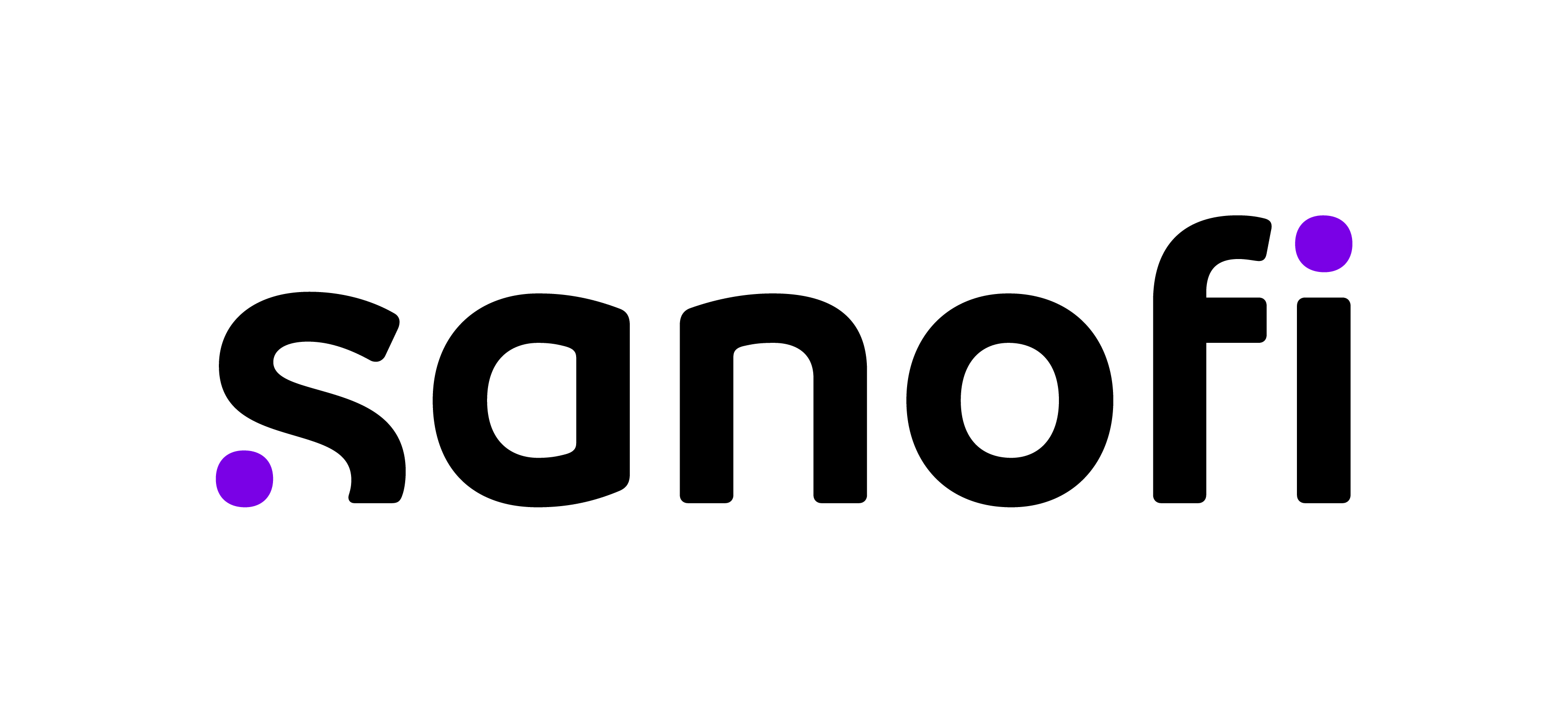ASCO 2019: Subcutaneous Daratumumab Updates with Saad Usmani, MD, Levine Cancer Institute

Saad Usmani, MD of the Levine Cancer Institute shared results from the recent ASCO 2019 conference about the use of subcutaneous daratumumab, or dara given as a shot under the skin (usually in the stomach). Today, the first infusion of IV daratumumab is given over a multi-hour period and sometimes has to be administered over two days to avoid infusion-related reactions. Subsequent infusions of daratumumab become shorter over time.
According to Dr. Usmani, the COLUMBA trial results compared two arms of relapsed/refractory myeloma patients - one arm was given the standard IV daratumumab while the other arm was given subcutaneous daratumumab. The trial results showed that the safety profile was about the same, with 12.5% of patients in the subQ arm having the same amount of infusion related reaction as the IV arm. The study included 522 patients.
The overall response rate for the SubQ daratumumab was 41% compared to 37% in the IV arm. The subcutaneous administration gave at least 89% of the benefit of the IV daratumumab with a progression free survival of 5.6 months with subQ dara vs. 6.1 months with IV dara.
A lower rate of infusion-related reactions were found in the subQ arm. (12.5% vs. 34.5%). The average injection time as 5 minutes vs. the normal 420-205 minutes for the IV form.
Dr. Usmani concluded that the subQ version of daratumumab will provide greater convenience for myeloma patients in the clinic.
Saad Usmani, MD of the Levine Cancer Institute shared results from the recent ASCO 2019 conference about the use of subcutaneous daratumumab, or dara given as a shot under the skin (usually in the stomach). Today, the first infusion of IV daratumumab is given over a multi-hour period and sometimes has to be administered over two days to avoid infusion-related reactions. Subsequent infusions of daratumumab become shorter over time.
According to Dr. Usmani, the COLUMBA trial results compared two arms of relapsed/refractory myeloma patients - one arm was given the standard IV daratumumab while the other arm was given subcutaneous daratumumab. The trial results showed that the safety profile was about the same, with 12.5% of patients in the subQ arm having the same amount of infusion related reaction as the IV arm. The study included 522 patients.
The overall response rate for the SubQ daratumumab was 41% compared to 37% in the IV arm. The subcutaneous administration gave at least 89% of the benefit of the IV daratumumab with a progression free survival of 5.6 months with subQ dara vs. 6.1 months with IV dara.
A lower rate of infusion-related reactions were found in the subQ arm. (12.5% vs. 34.5%). The average injection time as 5 minutes vs. the normal 420-205 minutes for the IV form.
Dr. Usmani concluded that the subQ version of daratumumab will provide greater convenience for myeloma patients in the clinic.
about the author
Jennifer Ahlstrom
Myeloma survivor, patient advocate, wife, mom of 6. Believer that patients can contribute to cures by joining HealthTree Cure Hub and joining clinical research. Founder and CEO of HealthTree Foundation.
More on Treatment Advances
Trending Articles
Upcoming Events




Get the Latest Multiple Myeloma Updates, Delivered to You.
By subscribing to the HealthTree newsletter, you'll receive the latest research, treatment updates, and expert insights to help you navigate your health.
Together we care.
Together we cure.
3x Faster.











